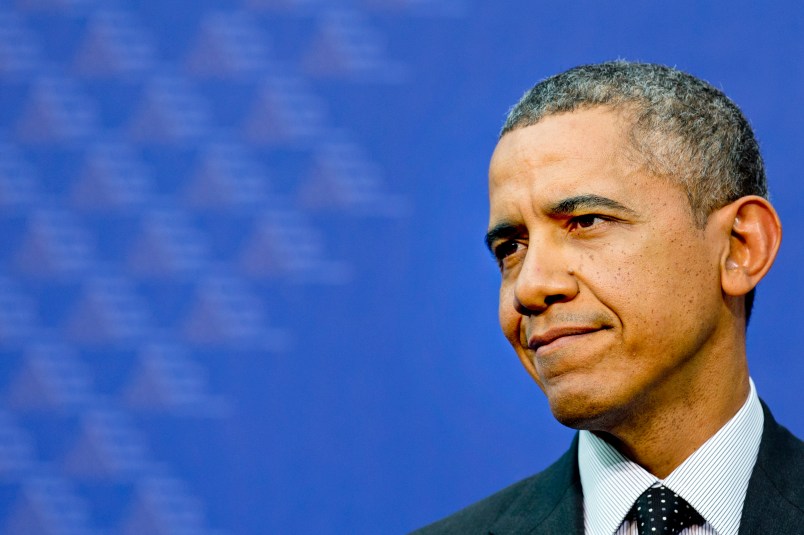How much will Obamacare cost?
The law’s first open enrollment period (more or less) ends Monday. With it will undoubtedly come much debate about whether it succeeded in signing up enough people. For the time being, that’s largely irrelevant. Check back in three years to determine if the insurance market is sustainable, affordable and providing health coverage to the uninsured.
But how the 2014 market shakes out — and how it affects the 2015 market and beyond — will help determine the answer to a question that neither party seems all that interested in exploring: How much will Obamacare, at least in the form of tax subsidies that help pay for coverage, actually cost?
Right now, that question occupies a political no-man’s-land that’s left both Democrats and Republicans happy to ignore it — and it could be years before a definitive answer emerges.
If enrollment falls short of the pre-launch projection of 7 million enrollees, then the federal government won’t have to spend as much money on tax subsidies to help people pay their premiums. But the Obama administration is unlikely to talk up that the law is saving money because it failed to enroll as many people as originally projected.
On the other hand, Republicans have little incentive to bring up the cost issue because the law that they’ve decried as a burden on the federal budget isn’t spending as much as once feared.
If the reverse happens, the administration isn’t going to boast about higher spending because a lot of people enrolled. It also seems unlikely that the GOP would target increased spending on subsidies that are helping people pay for health coverage in their critiques of the law.
“There is huge turbulence in that. Where premiums end up fluctuates that number a lot,” Caroline Pearson, vice president at Avalere Health, a consulting firm, told TPM.
But it’s a key policy question that doesn’t really lend itself to easy political exploitation, which probably explains why it’s been largely ignored. As Pearson put it: “I’m a little skeptical that anyone in any political party cares what federal programs actually cost.”
In the grand scheme of a $3 trillion budget, the numbers in play might seem small, but there is still a variance of billions of dollars depending on how things work out in the next few years.
For 2014, it looks like the figures will be roughly as expected. The CBO projected $13 billion in tax subsidies for Obamacare’s first year, and the Kaiser Family Foundation estimated that the federal government had administered $10 billion as of March 1.
The administration already scored one win on the cost when the 2014 premiums came in lower than expected last fall. Lower premiums mean the federal government should have to shell out less money because of the way the tax subsidies are structured. The actual amount individuals and families pay is capped on a sliding scale as a percentage of their income, and the federal government is on the hook for everything else — no matter how much it costs.
Who makes up the subsidy-receiving population could also have a substantial impact on spending. If more fall on the lower end of the income scale, that would mean higher spending and vice versa.
So soaring premiums in 2015 and onward could put the government at risk of spending a lot more money than it expected. That’s why what happens in 2014 will help dictate how much Obamacare costs. A bad demographic mix could lead to big premium increases in some parts of the country, meaning more spending for the feds. A drop in competition, if some insurers decide the law isn’t working and pull out of the market, could do the same.
But, by the same token, if the mix of healthy and sick enrollees ends up being acceptable to insurers and if more insurers enter the market because they like what they see, the reverse could happen: lower premiums and less spending.
CBO expects Obamacare’s tax subsidy spending to accelerate significantly in the next few years, up to $79 billion in 2017. Enrollment over the same period is projected to spike to 24 million.
So depending on how these issues are resolved — like how many sign up and what happens to premiums — the real spending number could be very different in a few years. Therefore, in the long term, one side could claim victory: Democrats if premiums stay low and the law costs less or Republicans if premiums shoot up and the law costs more.
But right now, we just don’t know which it will be.
“There are still big question marks for future years,” Larry Levitt, the vice president at the Kaiser Family Foundation, told TPM. “How much will premiums rise in 2015? How much will enrollment ramp up?”






